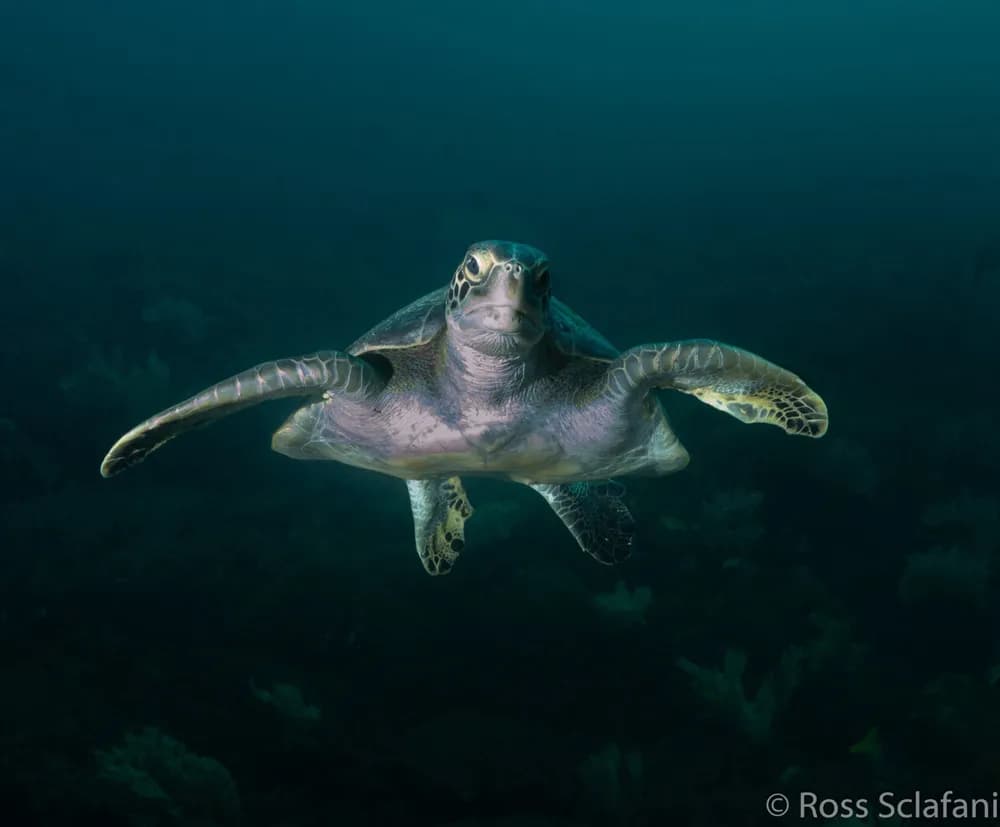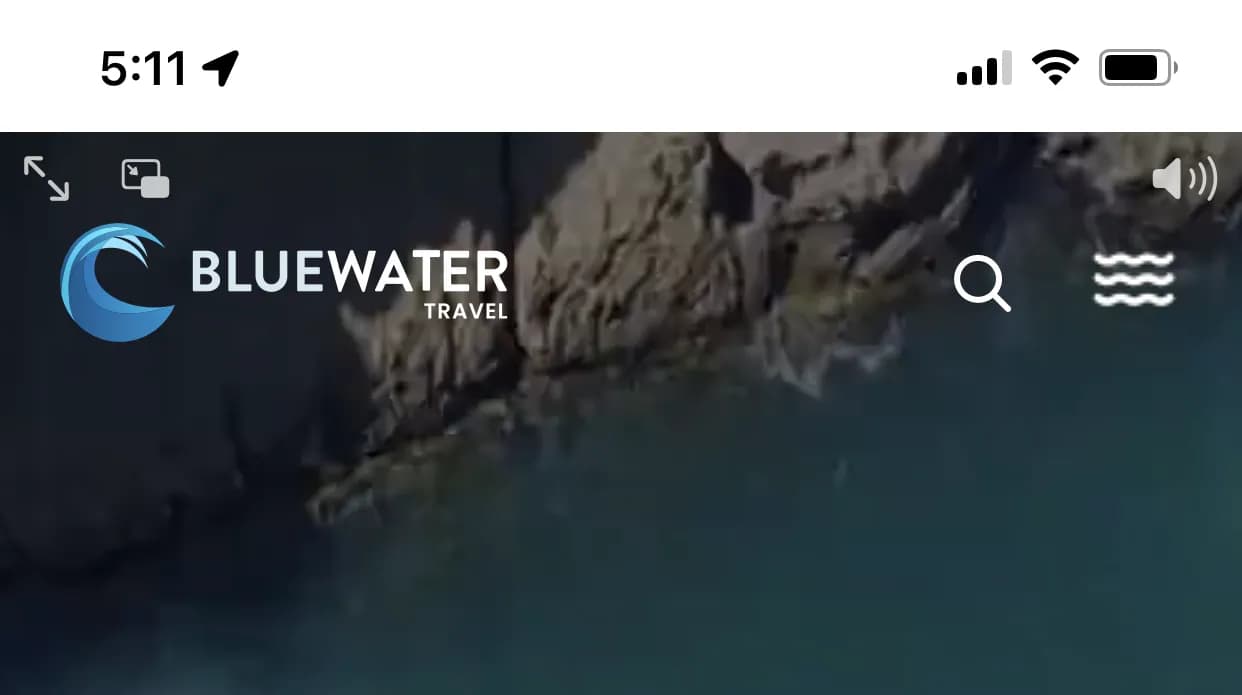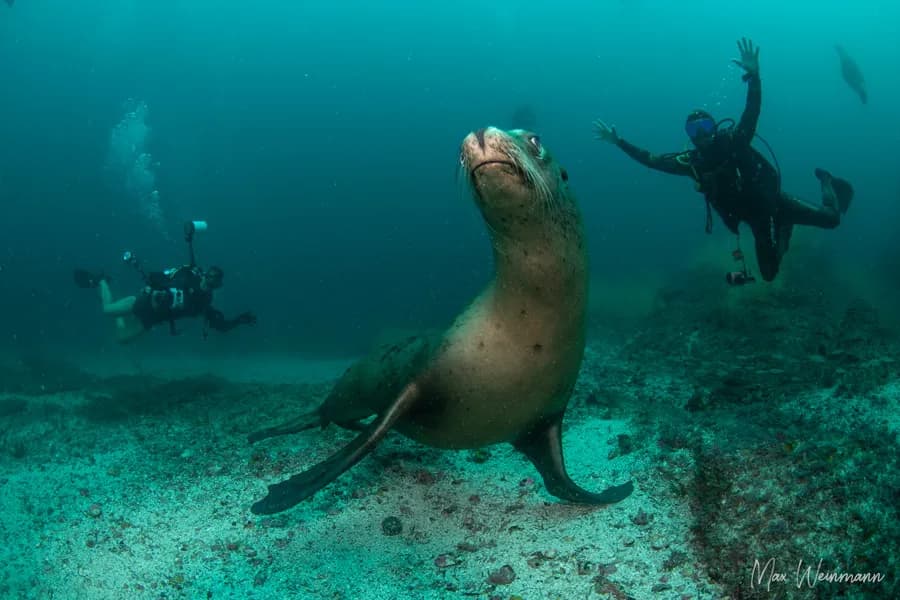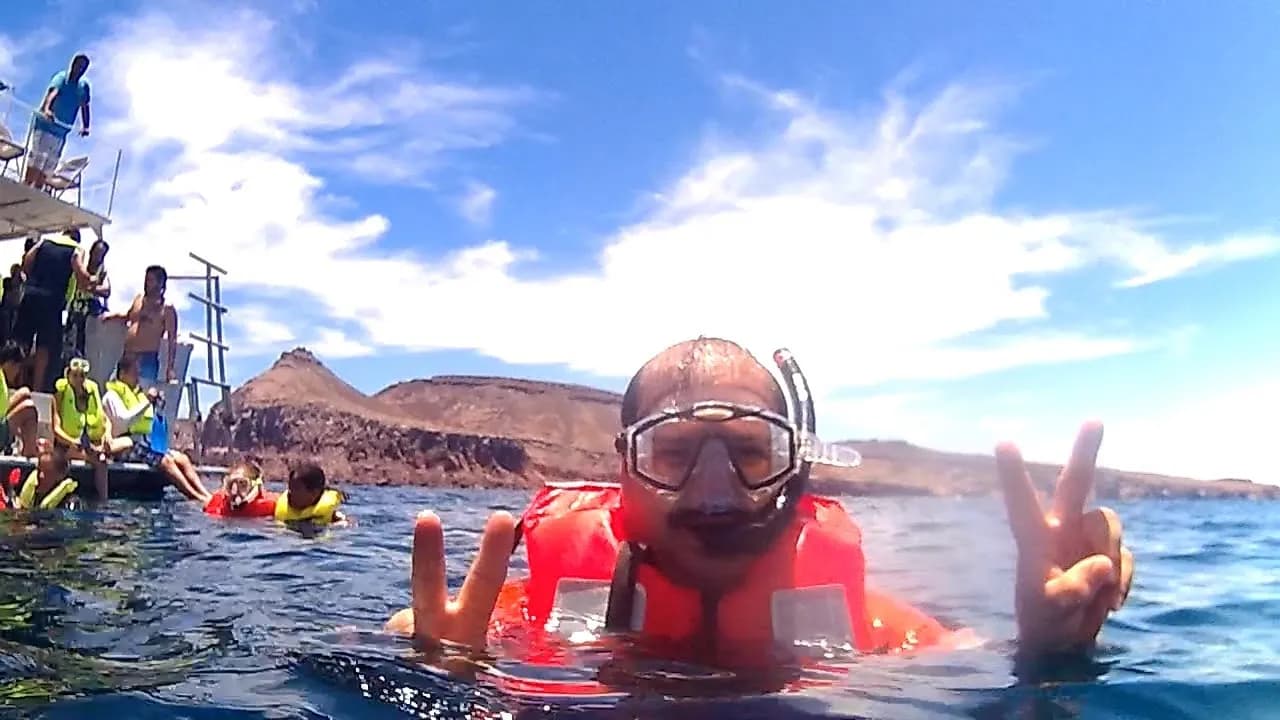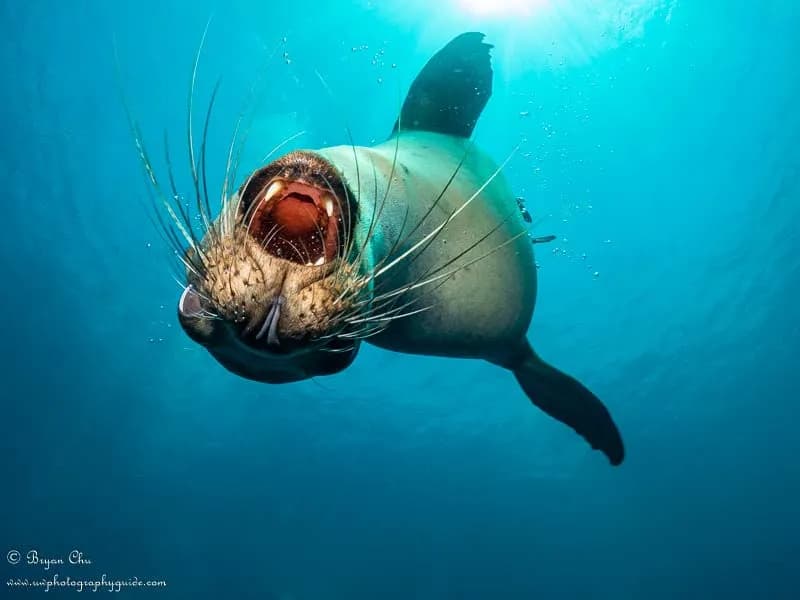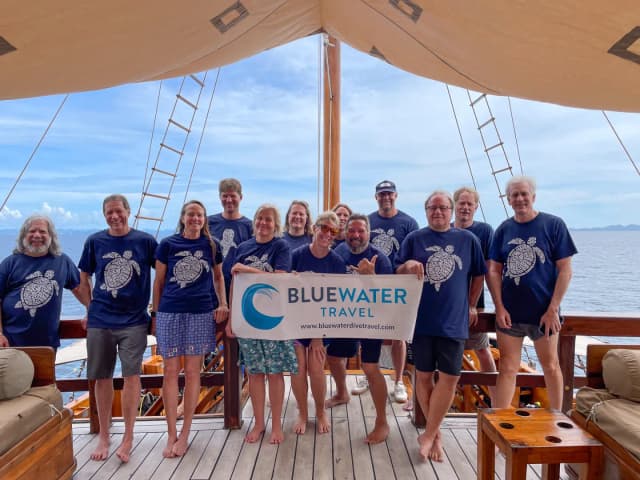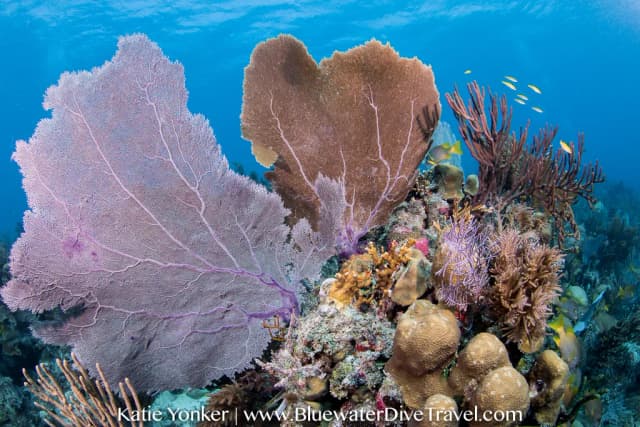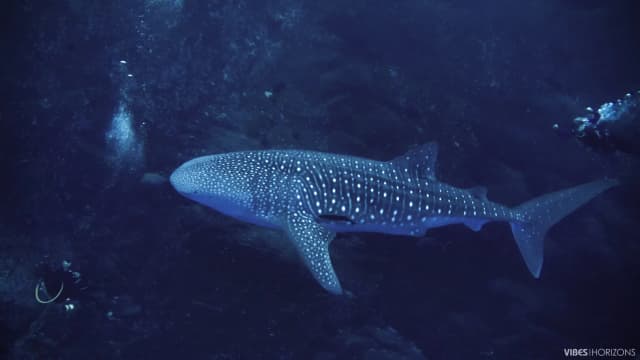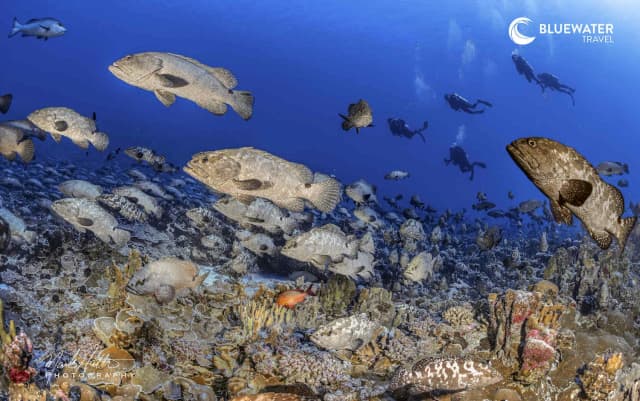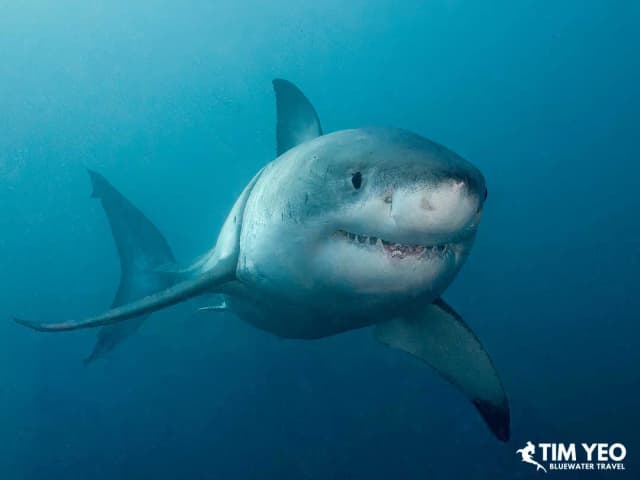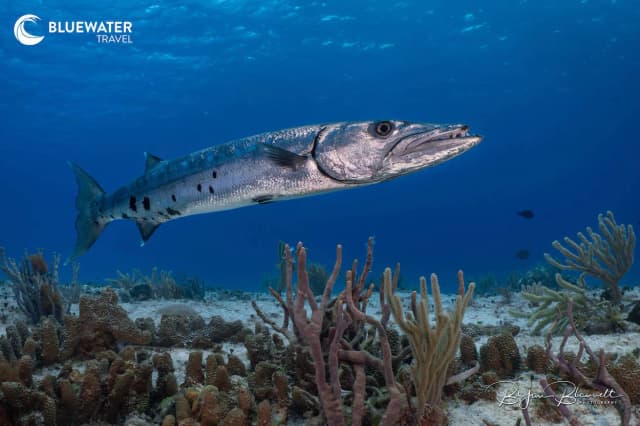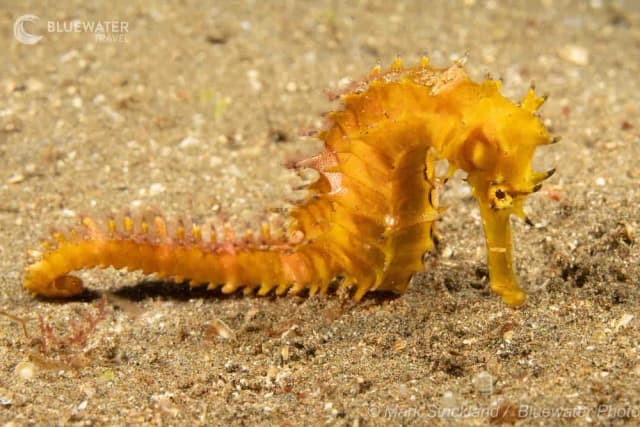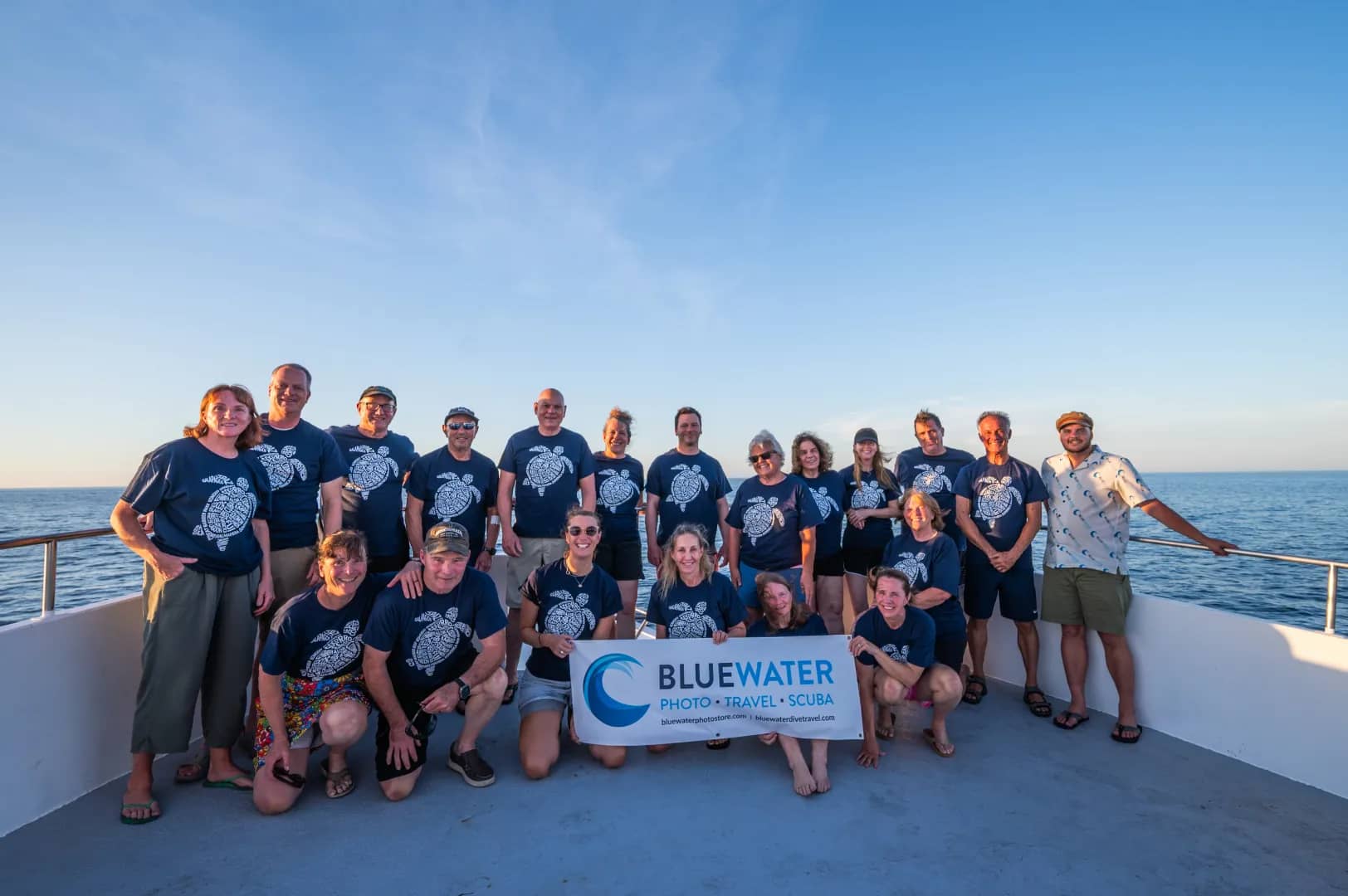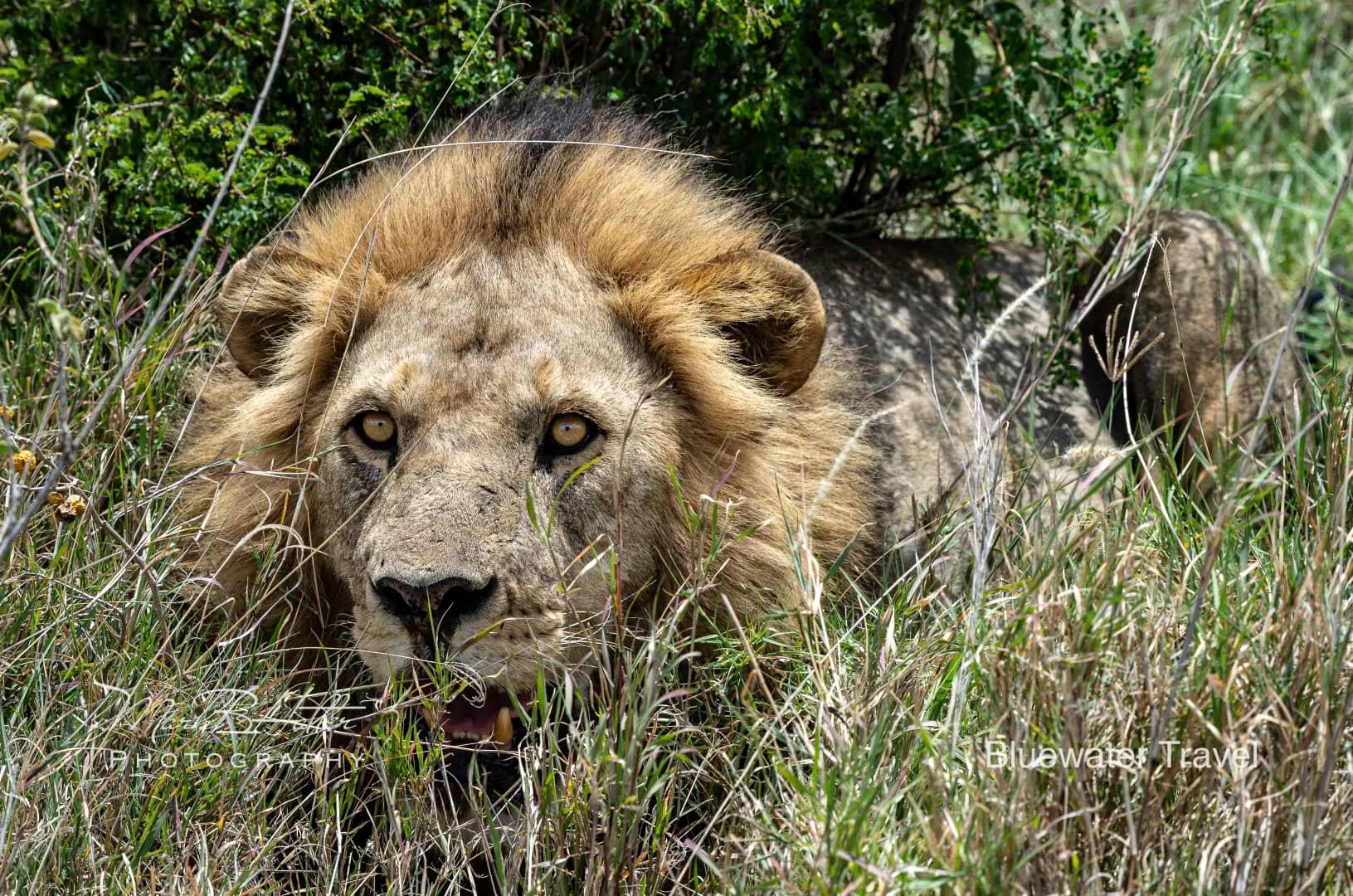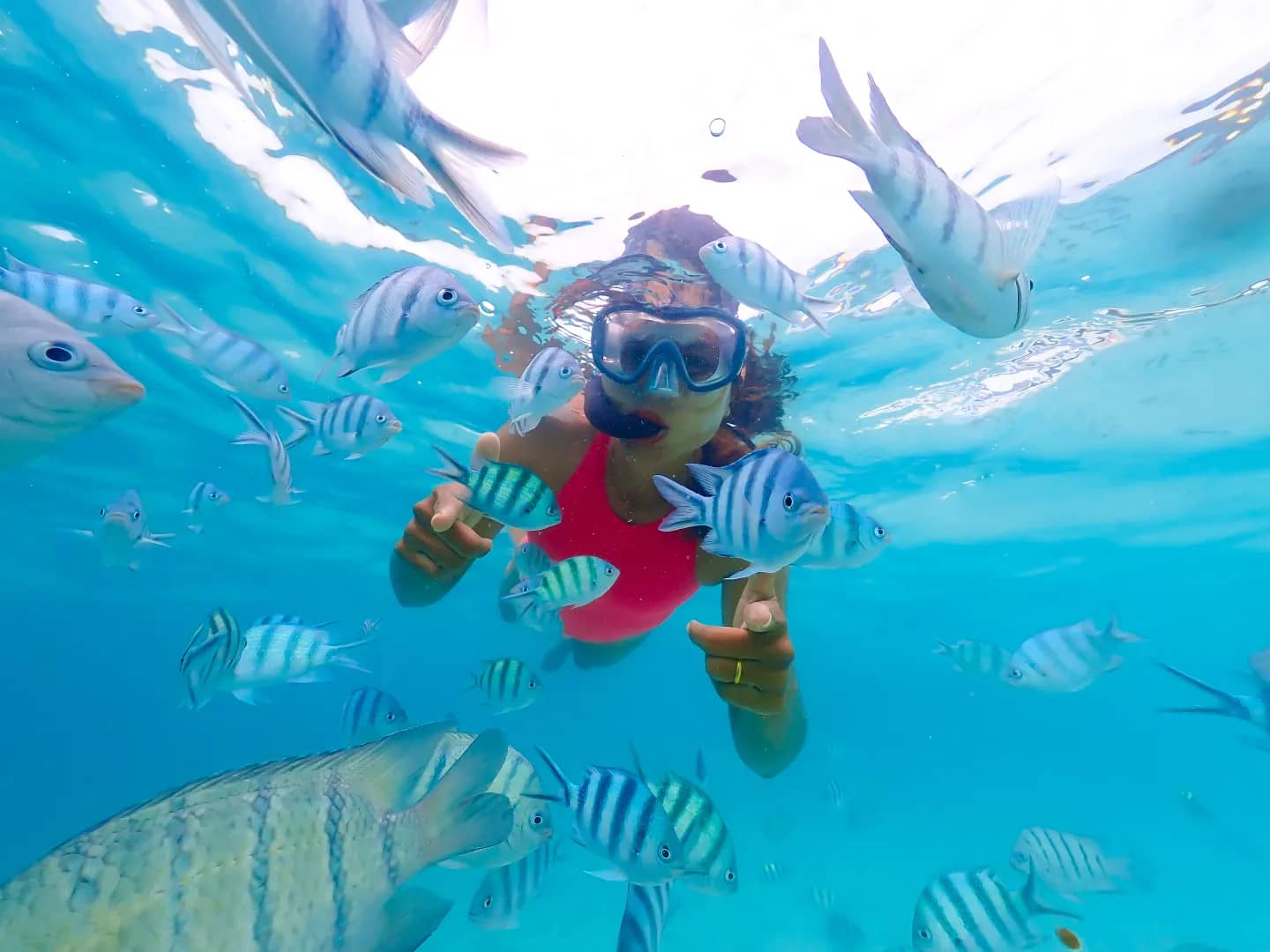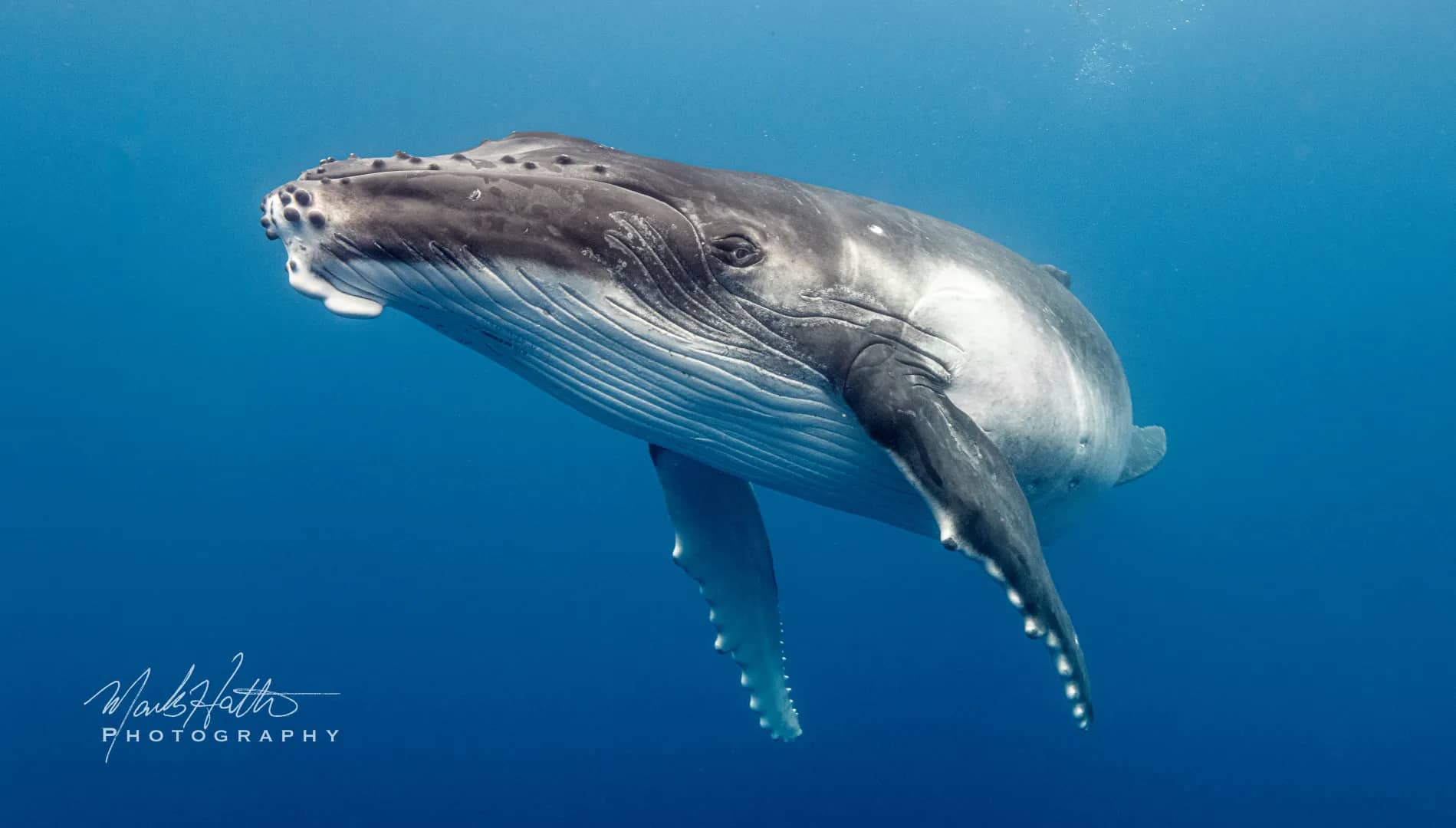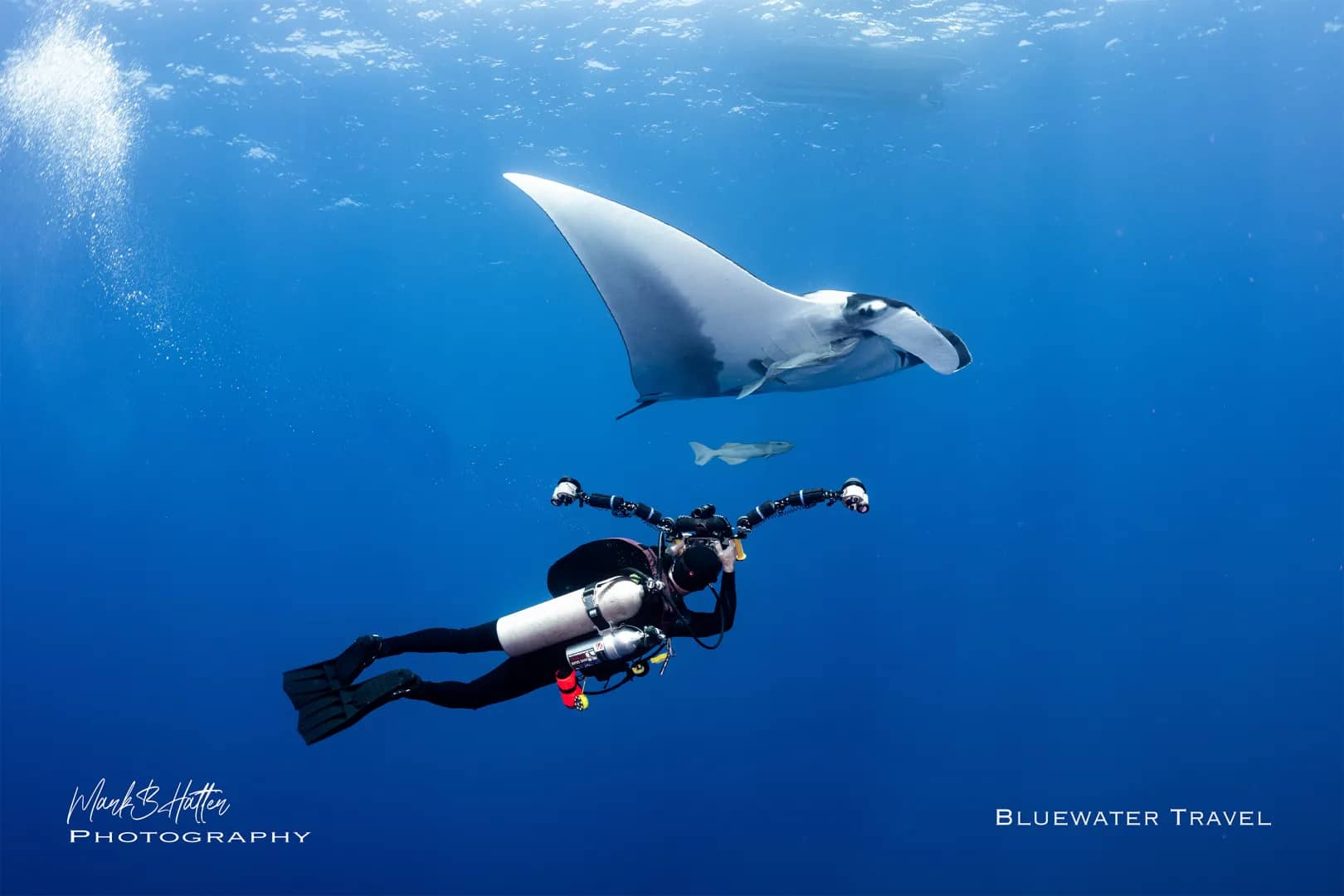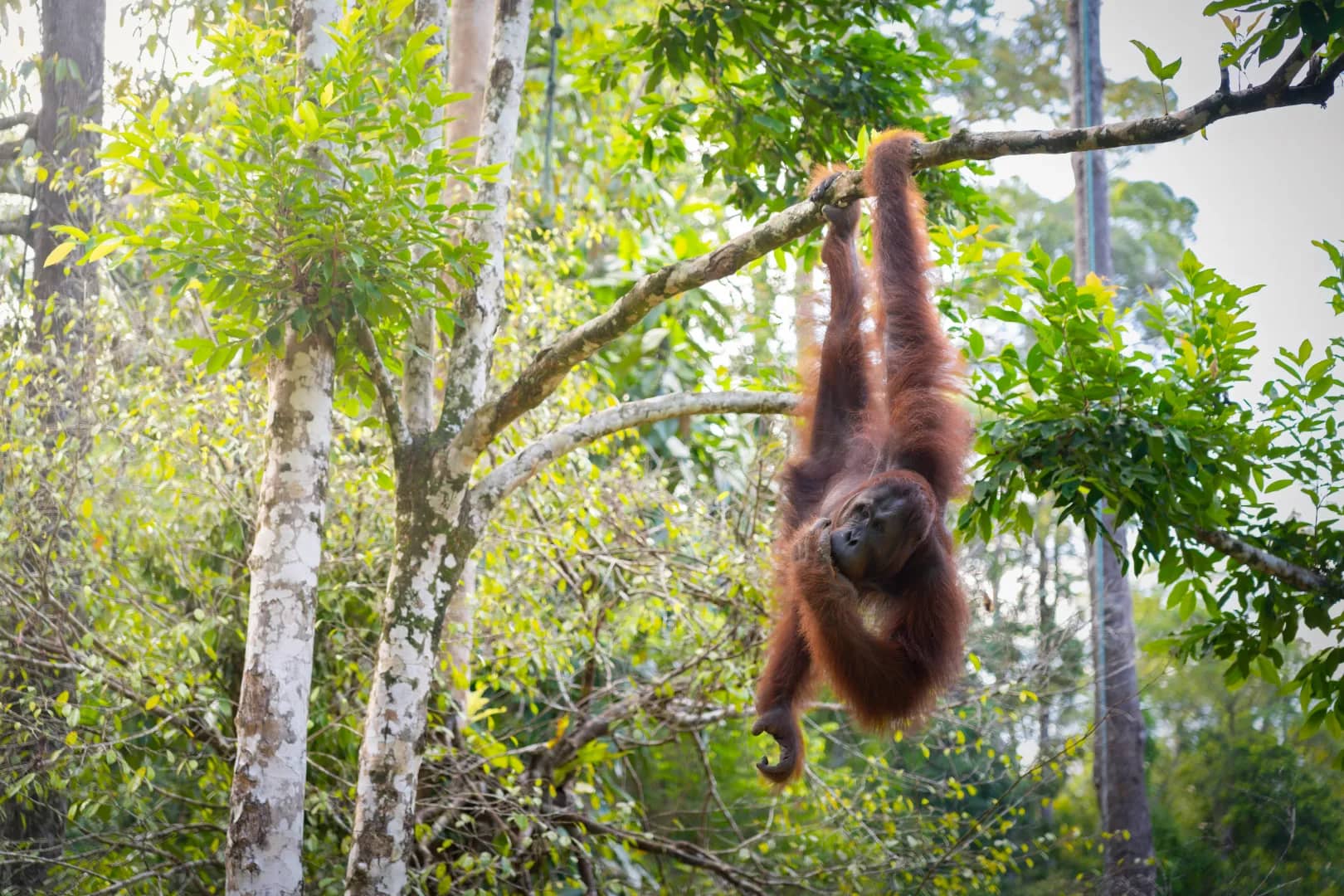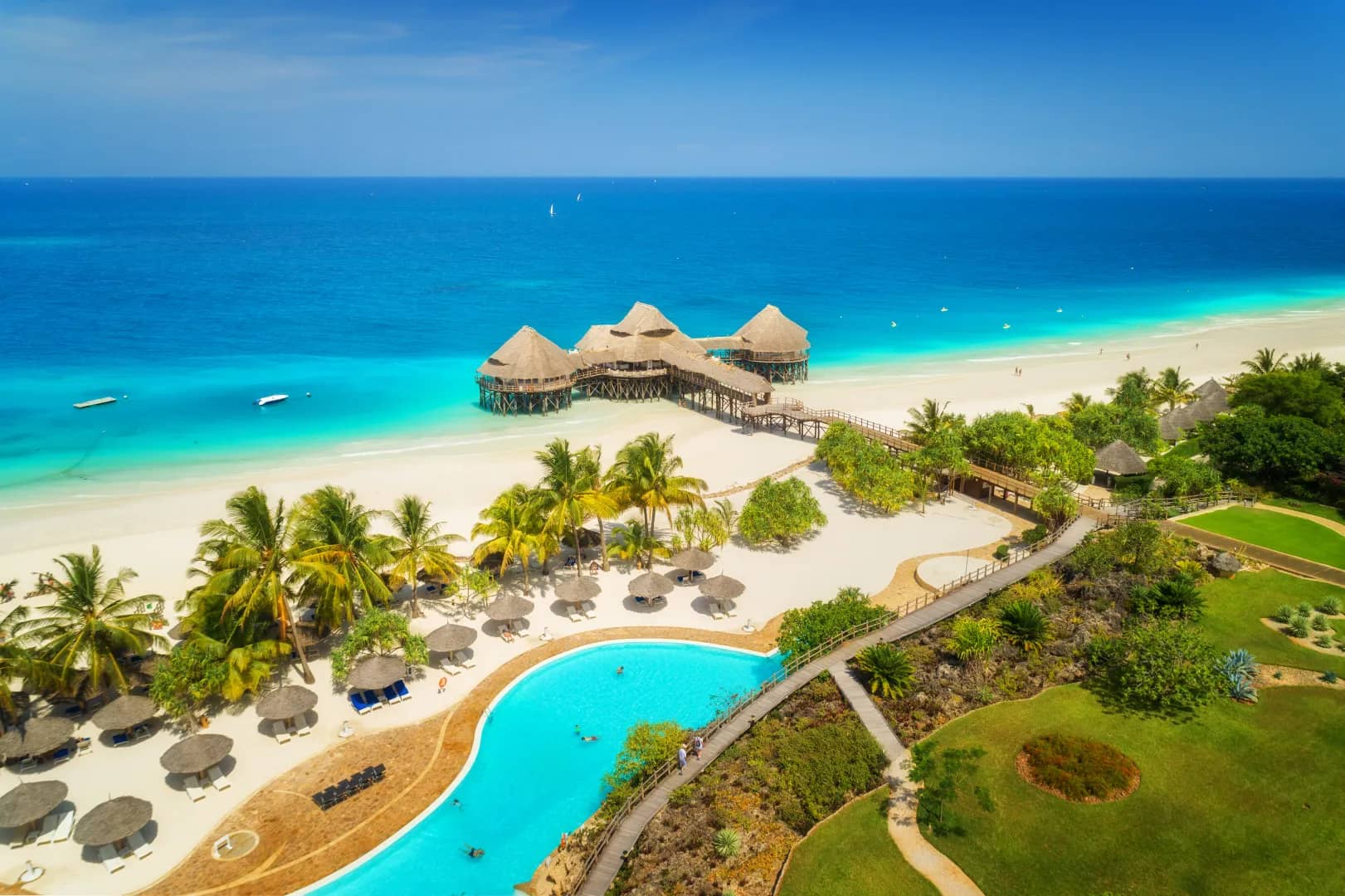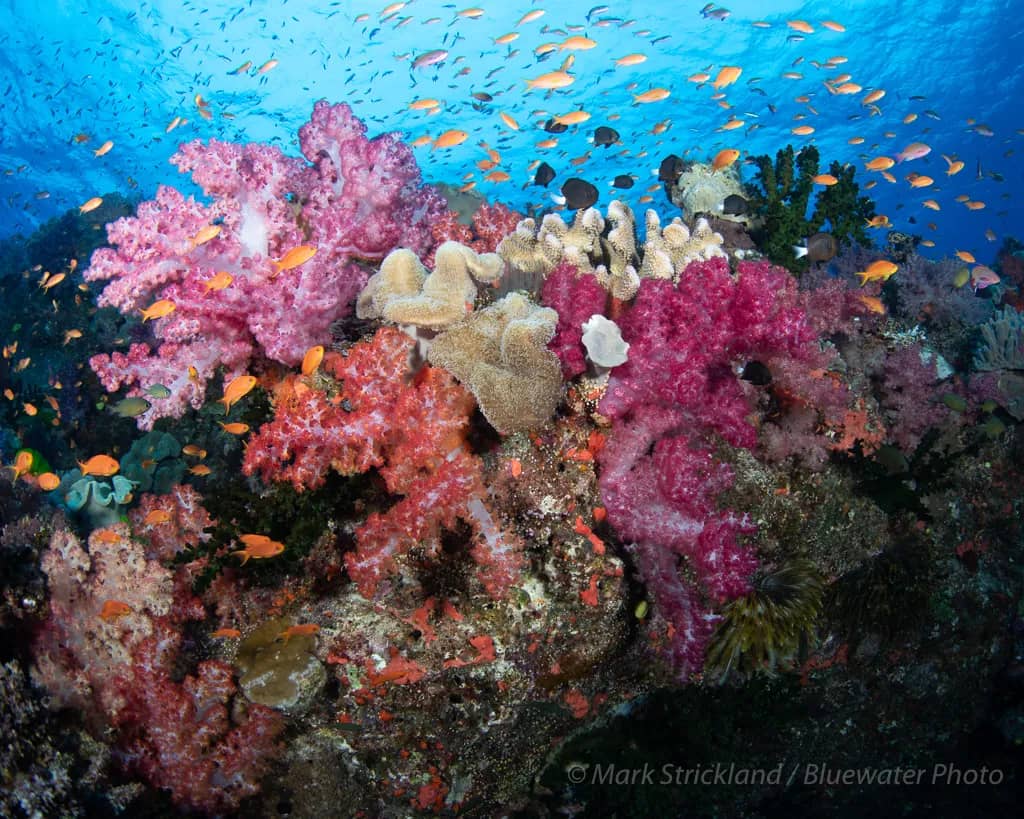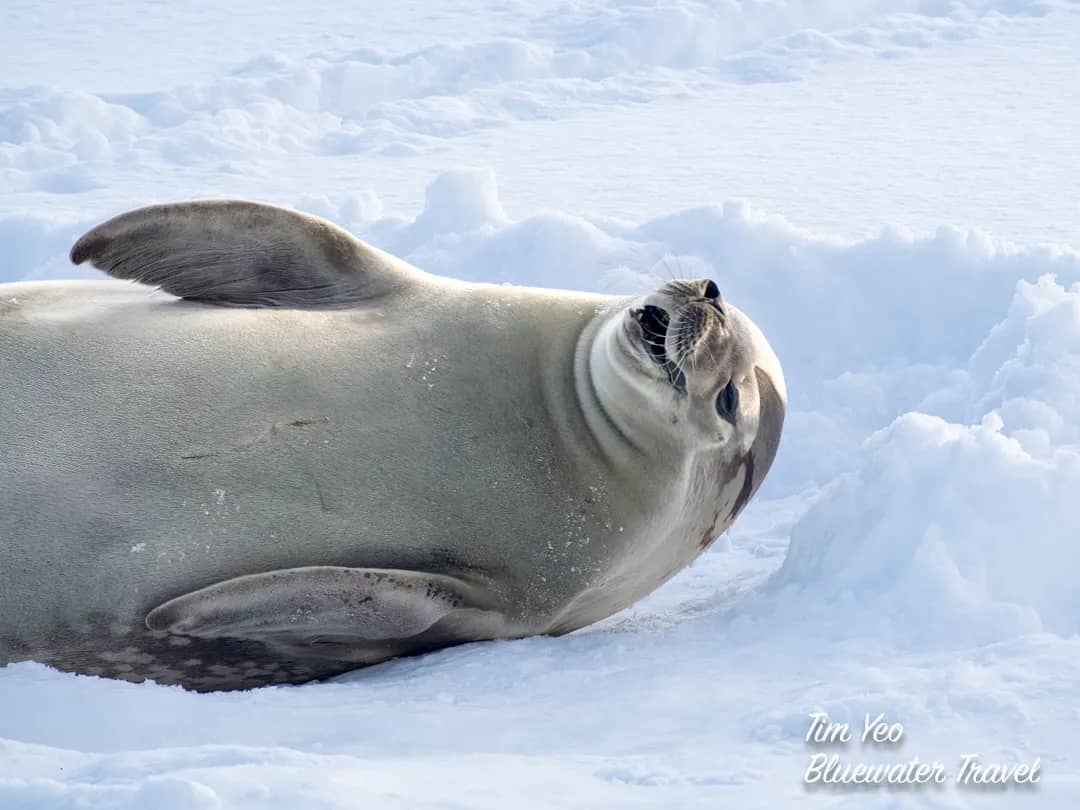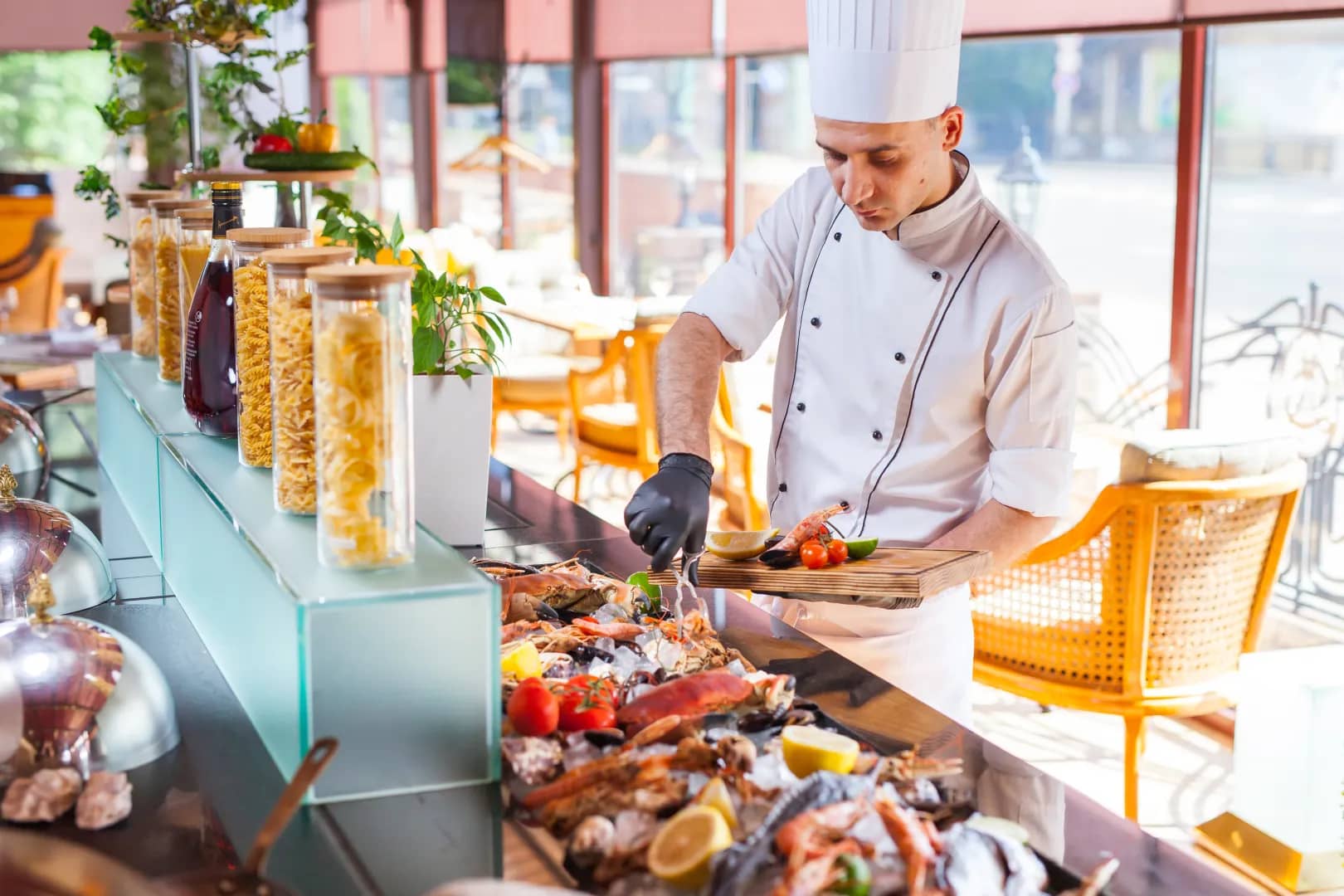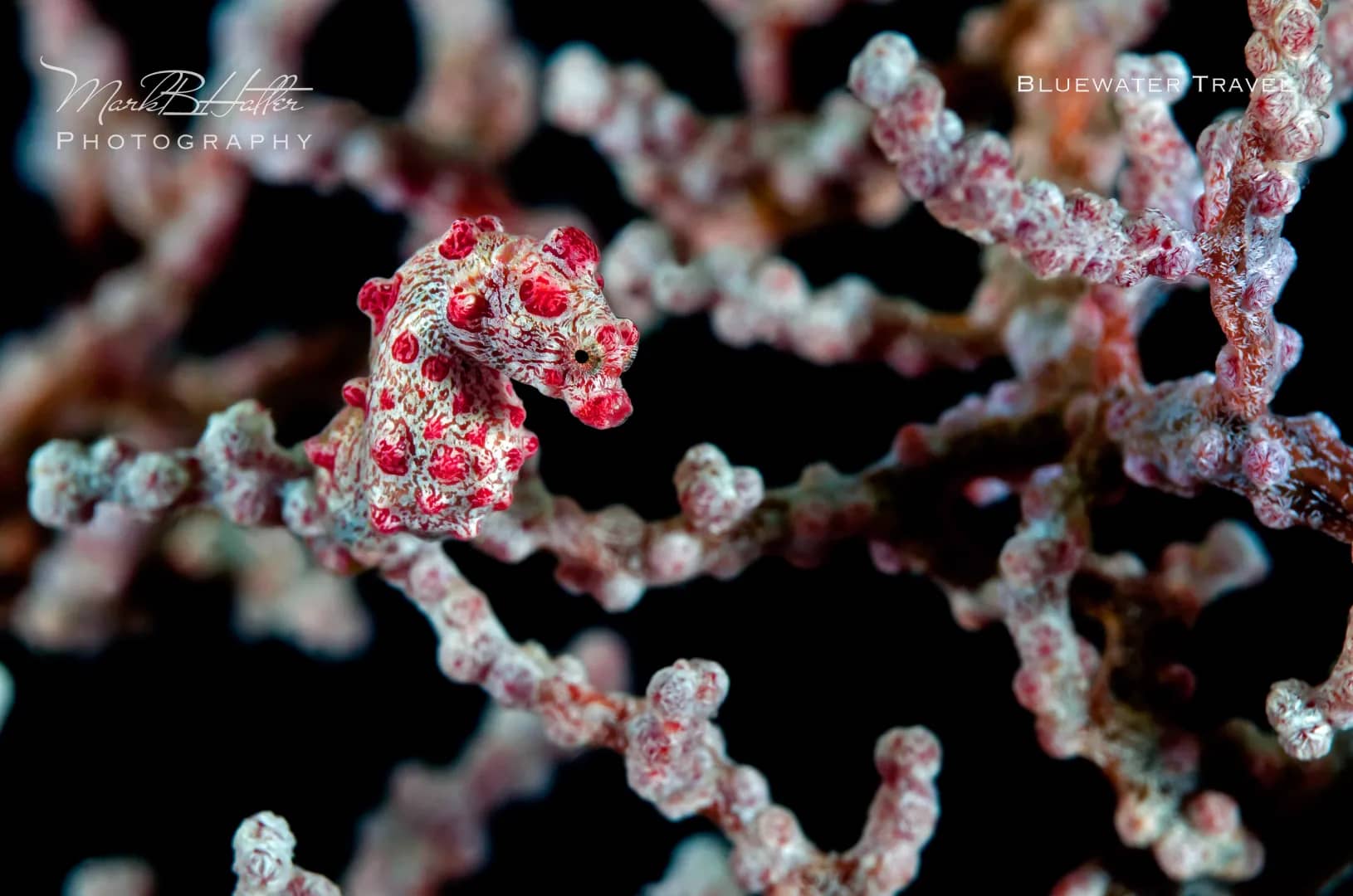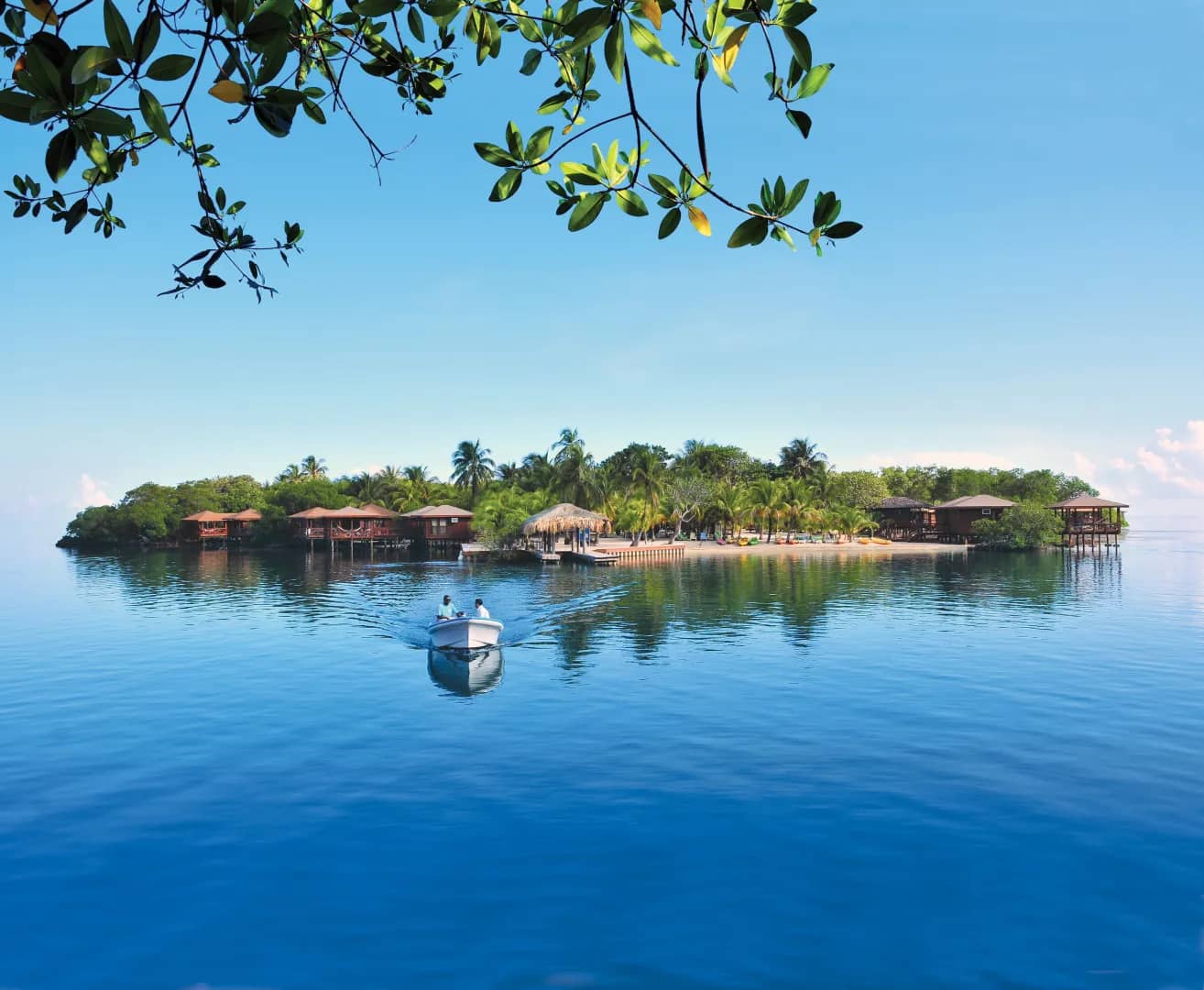Sea Of Cortez Photo Workshops
July-August 2018
Led by Craig Dietrich | Photos by Craig Dietrich and Group
When I was given the opportunity in 2016 to visit what Jacques Cousteau famously referred to as the aquarium of the world, I jumped at that chance. When the opportunity arose againthis time for back to back weeksI jumped again!
The Sea of Cortez (also known as the Gulf of California) separates the Baja California Peninsula from mainland Mexico, and is known for its rich diversity, but Ill get to more of that later.
The Rocio del Mar is docked in Puerto Penasco (known as Rocky Point in English), which is a very easy shuttle bus away from the Phoenix International Airport. The bus picked our group up at approximately 1:00 p.m, the border crossing was seamless and we boarded the Rocio del Mar at approximately 5:00 p.m. local time, where we unloaded our gear and got the briefing from the crew. The boat has ample space allocated for both dive and photo gear, with multiple camera tables.
Im going to mention the crew of the Rocio del Mar at this point, because from the moment we boarded, they set out to make this an unforgettable experience. They treated each of us with the utmost courtesy and respect. No detail went unattended or unnoticed from this crew, which was appreciated by all. The meals were plentiful and top notch, nobody left the table hungry or unsatisfied on this trip! They even held a special moonlight dinnercomplete with margaritason the top deck of the boat one evening.
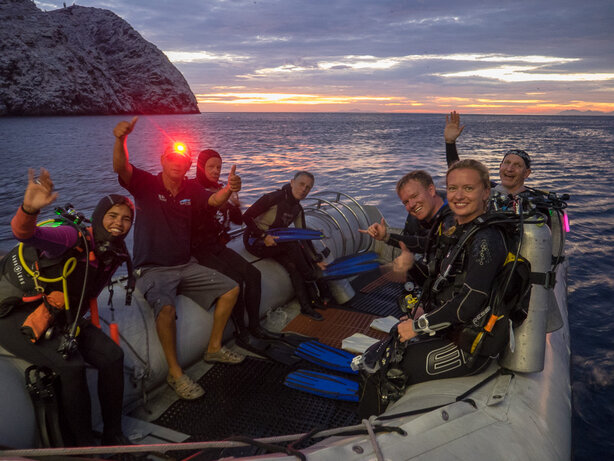

Diving off of pangas (small motorized boats), our checkout dive was the morning after boarding, and we knew we were in for a good week of diving! From that first time down, it was evident we were in for some really diverse dives, and we were ready! We saw nudibranchs on nearly every dive, which was great for macro photography. Fish were plentiful, including the fine spotted jawfish, which can reach up to 16 long! There were no shortgage of did you see that? conversations when we were back on the boat and comparing images.
Two highlights from the Sea of Cortez trips that must mention: First: the sea lions! We spent nearly two days in an area with heavy sea lion activity. These inquisitive little (and some big) guys dive and swoop and are not afraid to interact with divers and photographers. On one dive a bull circled a couple of divers in my group establishing boundaries (which nobody tested), but the females and younger males seemed to welcome us on each visit!
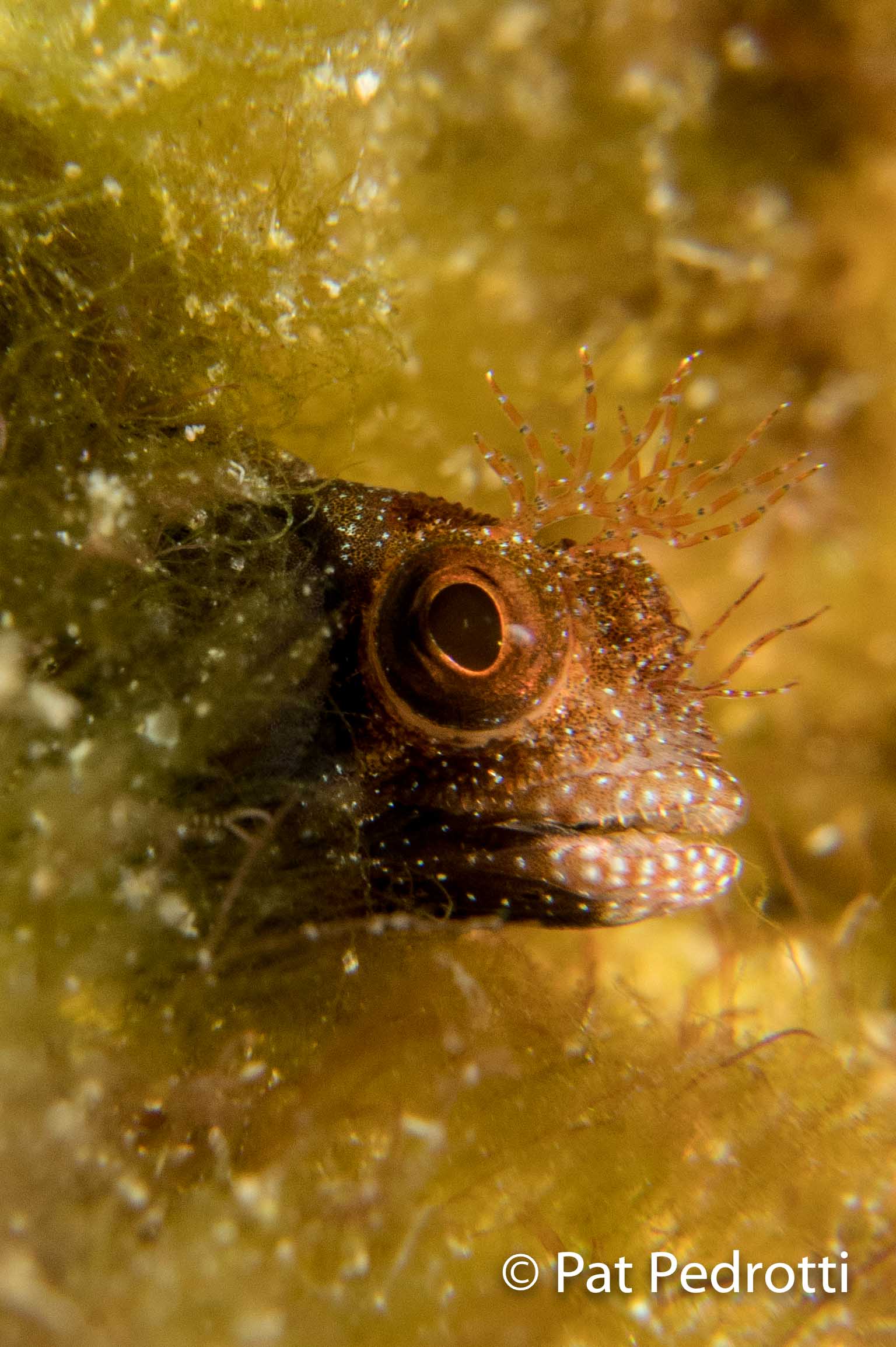

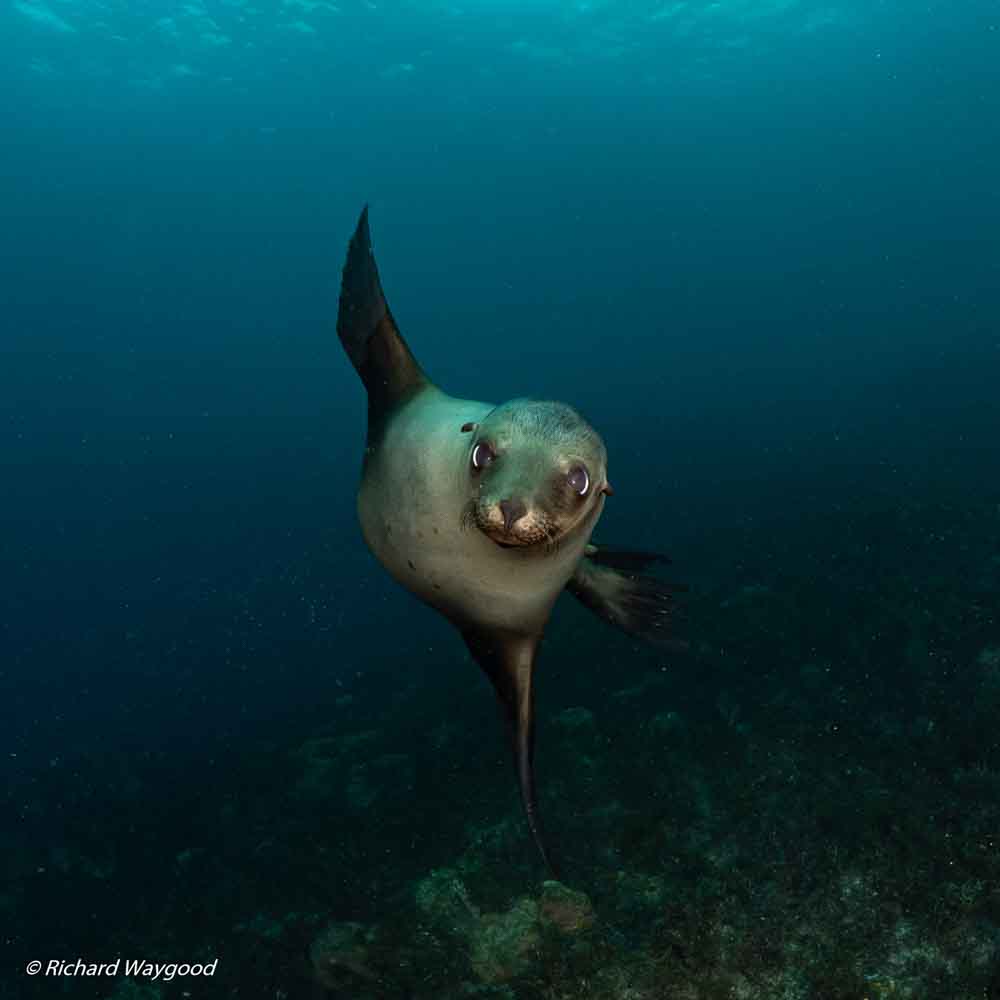

Our second major highlight was snorkeling with whale sharks! The last full day of the trip is dedicated to the whale shark excursion. Three small pangas picked our groups up at 7:00 a.m. and took us out to the area where the whale sharks are known to gather. The goal is to have a dedicated whale shark for each panga. There were only eight guests (and a divemaster) per panga, and only four people from each boat would snorkel with the whale shark at a time, making it comfortable for the guests and the whale shark. Those photographers that favor wide-angle got some incredible subjects in the whale sharks, and the non-photographers got an experience they arent likely to forget as the gentle giants glided near them on each pass.
In the evenings after everyone was satisfied from another filling (and delicious) dinner, we held photo seminars on everything from lens choice to strobe position to postproduction. My favorite part of each trip was the last nightAwards Night! Our slideshow of guest images was full of oohs and aahs as everyone saw their work and fellow guestss work--on the big screen. Most people were truly surprised at how much their work had progressed throughout our week together. I met with the whole crew (including the Captain) and they were honored to pick the winners of each category of the photo contest: Best Macro, Best Wide Angle, and Best Novice.
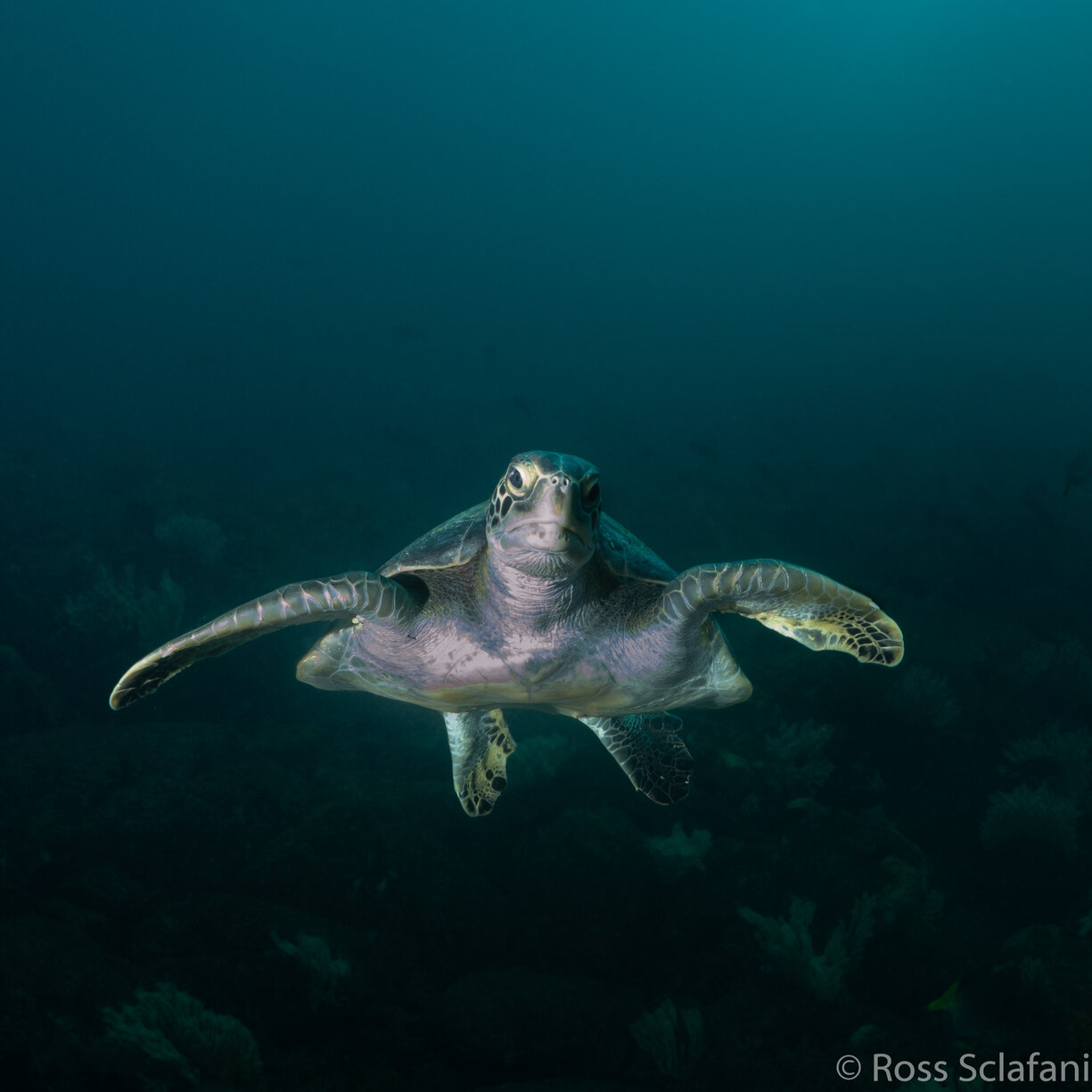

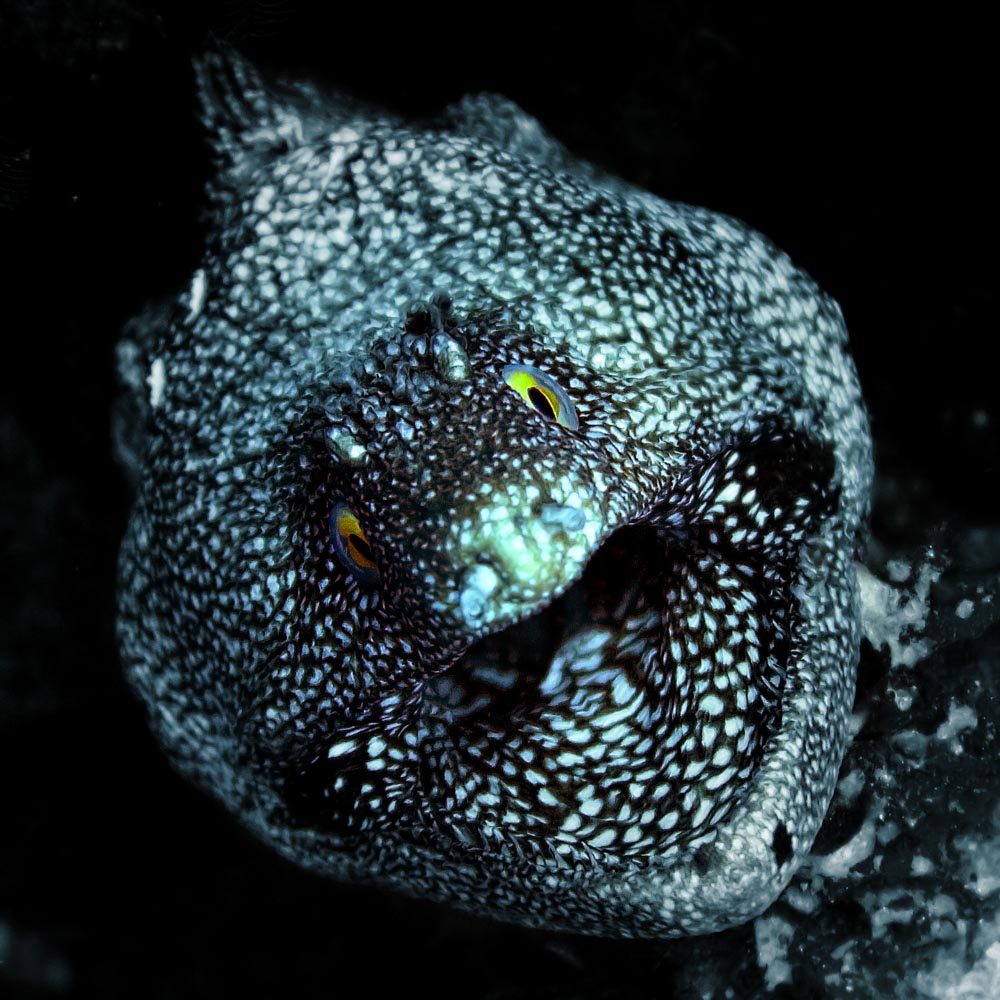

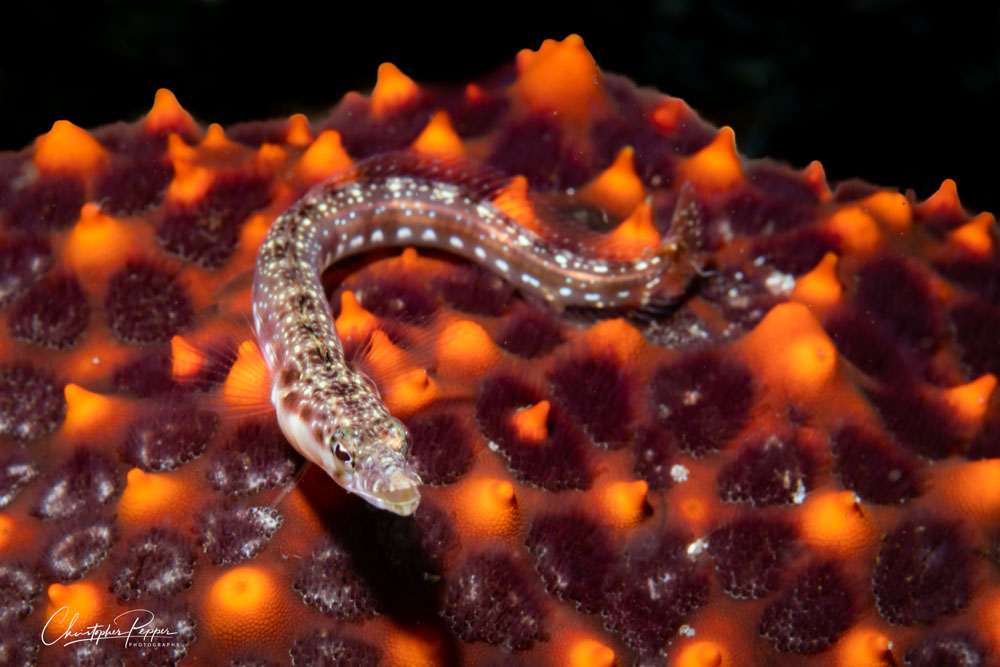

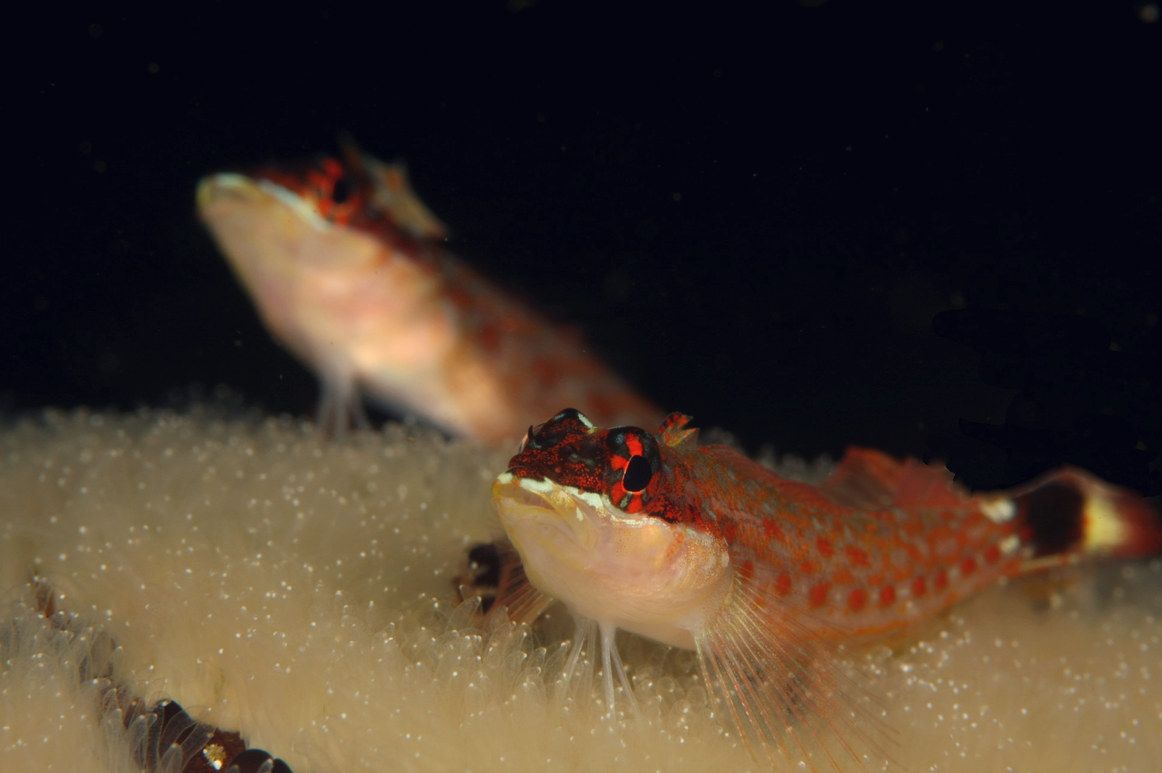

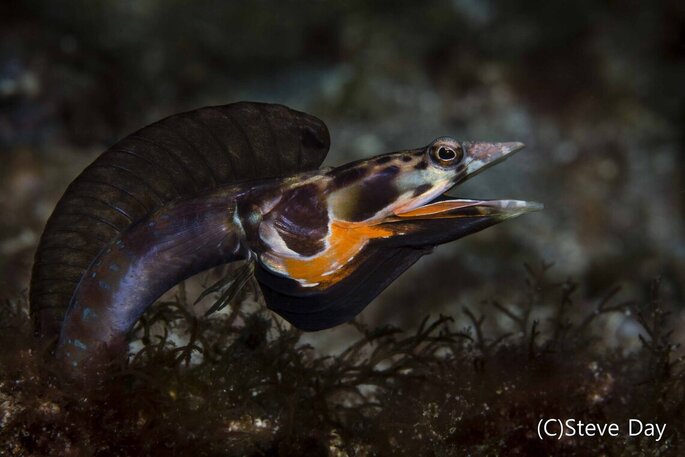

Throughout the first week, the water temperature varied from approximately 75-78 degrees (F). Our divers wore mostly 3mm to 5mm suits, and everyone was comfortable. The water was warmer during the second week (I dove in shorts!). Visibility was also moderately good throughout the first week--albeit there was a lot of krill in the water--usually ranging from 30-50 feet. Visibility was a little better the second week, given the nutrient rich water nobody complained about the visibility. There was very little current either week, which made taking pictures and video much easier.
For more information on trips to the Sea of Cortez as well as other amazing destinations email info@bluewaterdivetravel.com.
